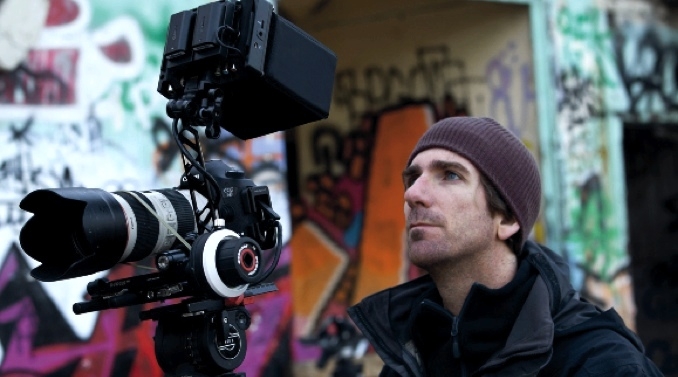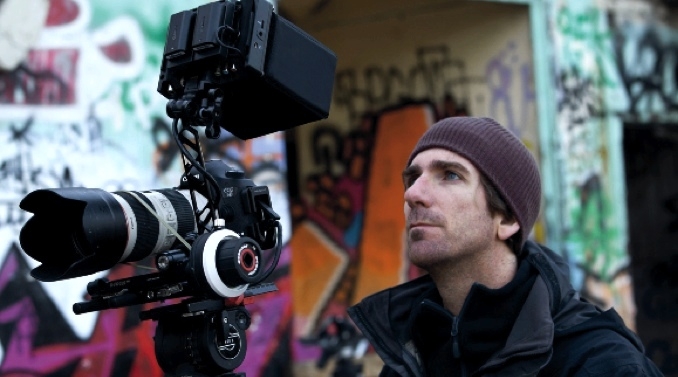
 Canon EOS 5D Mark III
Canon EOS 5D Mark III
This has been a long time coming, and we never actually thought we'd see it: a clean HDMI output from the Canon EOS 5D Mark III. What does this mean and why is it important?
Ever since the Canon EOS 5D Mark II debuted on 17th September 2008, low cost movie making has been transformed. The Mark II's predecessor, the EOS 5D Mark I, was the first digital SLR to have a full-frame sensor, and was immensely popular because it did not crop the image from standard 35mm-type lenses. This meant that proper wide-angle photography was possible with a high-quality digital camera. But it did not take video in any way; it was 100% a still camera.
Revelation
But the MKII was a revelation. It did capture video but in a way that had never been seen before in a camera costing less than around $50,000. Silky smooth images with shallow depth of field that looked more like they were destined for a cinema screen than a TV. And although the MKII was not exactly cheap, it hit the spot with thousands of aspiring film-makers and existing professionals.
The camera's abilities were felt to be so good that users didn't hesitate to spend as much as the cost of the camera again in rigging to support lenses, matte boxes, lights, microphones and focus following contraptions.
Amazing but problematic
Imaging from the CMOS sensor could be amazing, but they could also be problematic. You had to make sure that you didn't move the camera too quickly while shooting to avoid Rolling Shutter artefacts - caused by scanning the sensor instead of taking an instant, global readout of the image.
But there was another issue; one which frustrated users and manufacturers alike. If you wanted to record the uncompressed output of the camera onto a low-cost field recorder, you couldn't, for the most annoying reason: all the visual data in the viewfinder (exposure, shutter speed, red rectangles etc) was duplicated in the HDMI feed. It was part of the video signal. You couldn't remove it.
So you couldn't put the output of the 5D Mark II on a monitor, but, worse, you couldn't record it.
Why would you want to record it? Because it is uncompressed. In other words, it has never been near the camera's internal compression. And it is in 4:2:2 resolution (YCbCr 4:2:2, 8 bit), rather than the internal recorder's 4:2:0. So it will be better quality than the camera is capable of recording internally, and significantly more better for detail-demanding processes like keying.
Plaintive
Some manufacturers of external recorders didn't even realise this problem existed until their products were at the point of release. Some users bought recorders and asked the recorder makers, plaintively, "How can I remove the red rectangle from my irreplaceable video".
No one has ever explained why the vast majority of camera manufacturers placed this restriction on their equipment. But one-by-one they are removing it.
And that means that with a simple addition - a field recorder - costing from a few hundred dollars to a few thousand, 5D Mk III users can now record even better quality video, direct into Avid DNxHD or Apple ProRes.
Canon's move in cleaning the output from the EOS 5D Mark III follows closely on the release of Nikon's relatively new D800 and D4, both of which have clean HDMI outputs.
You'll have to wait a while for this upgrade. It's not due until April 2013!
Tags: Production


Comments